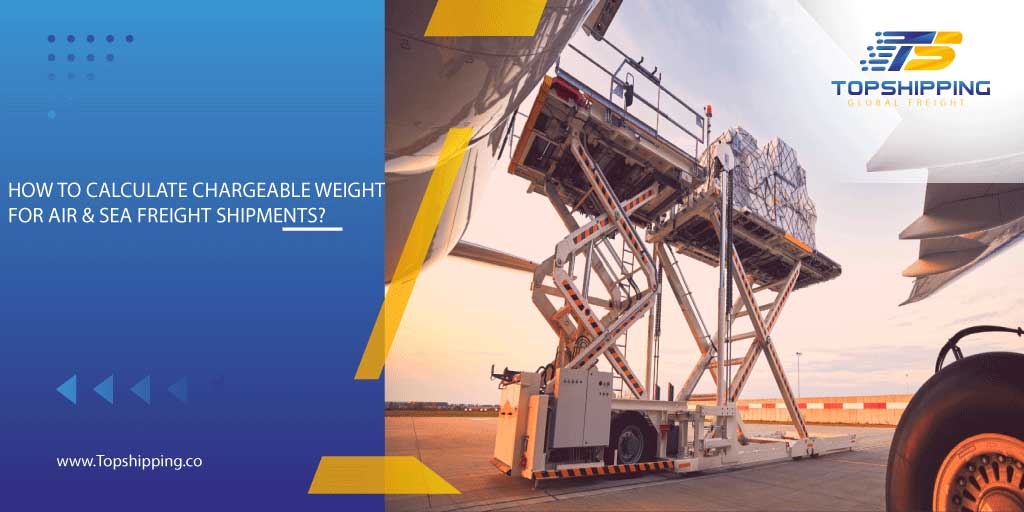When it comes to calculating chargeable weight for shipping, it’s crucial to understand that the actual weight of a package may not always be the same as the chargeable weight. Chargeable weight is determined by considering either the actual weight or volumetric weight – whichever is greater. This means that large but light packages could end up being charged based on their size rather than their actual weight. Companies use this method to ensure fair pricing and efficient use of space in transportation.
Calculating chargeable weight accurately can help businesses optimize their shipping costs and streamline logistics processes. By paying attention to both the actual weight and volumetric dimensions of packages, companies can avoid unexpected charges and maximize space efficiency in shipments. Understanding how to calculate chargeable weight also enables businesses to negotiate better rates with carriers based on accurate data, ultimately leading to cost savings and improved operational efficiency.
Explanation of chargeable weight in logistics:
In logistics, carriers use chargeable weight to calculate shipping costs. It may differ from the actual weight. Carriers typically pick the higher value between actual weight and volumetric weight.
- Actual Weight: This is the direct measurement of a shipment’s total weight, determined by weighing it on a scale.
- Volumetric Weight: Also known as dimensional weight, it’s a calculated weight based on the shipment’s size or volume. Used when a package’s size doesn’t match its actual weight. To find it, multiply the package’s length, width, and height, then divide by a volumetric divisor provided by the carrier. This helps consider the space the package takes up.
The chargeable weight is decided by comparing the actual and volumetric weights, choosing the higher one. Carriers use this to calculate shipping costs, accounting for both mass and space occupied. This ensures fair compensation for transporting goods by air, ocean, road, or rail. Understanding chargeable weight helps businesses plan logistics and budget accurately.
